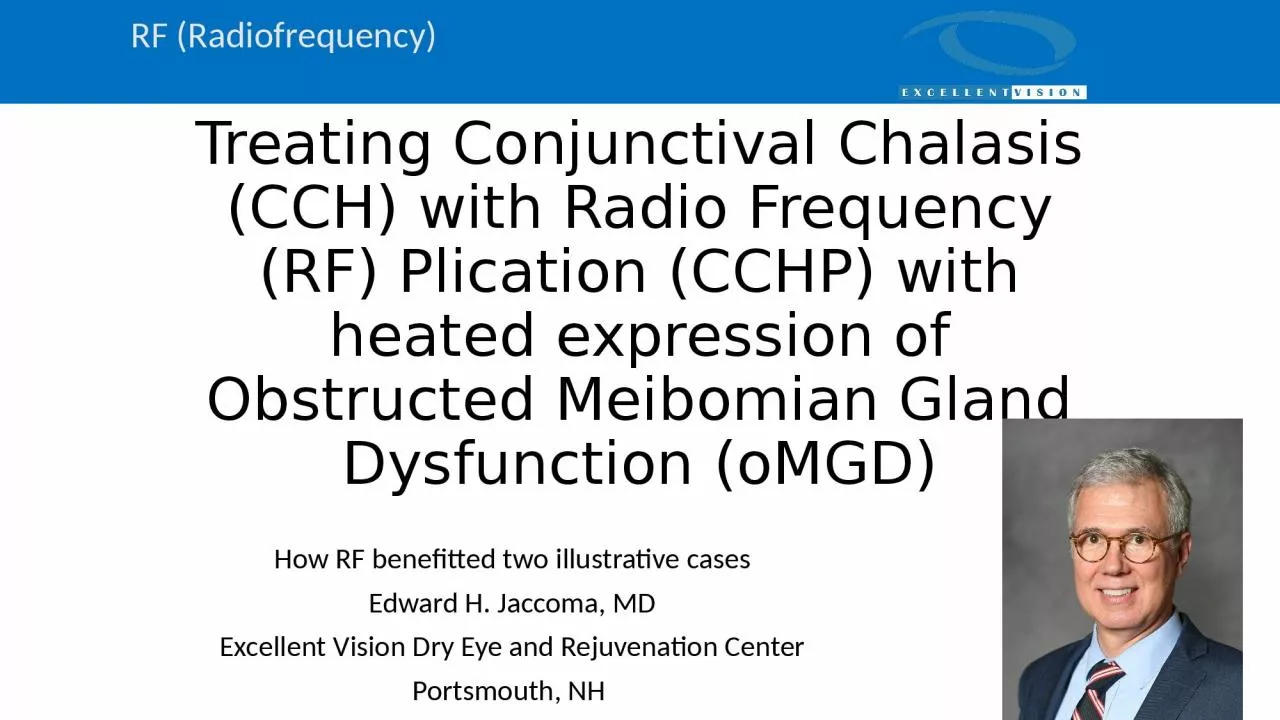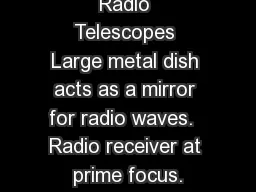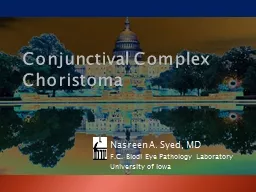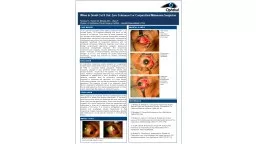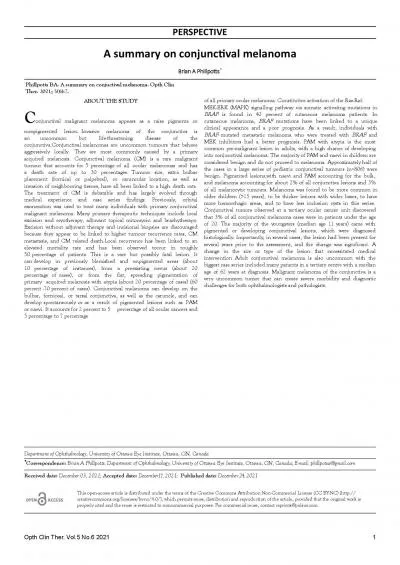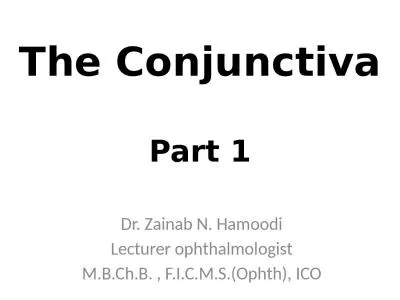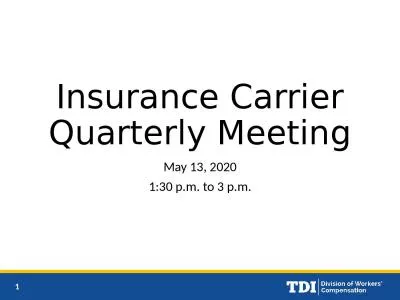PPT-Treating Conjunctival Chalasis (CCH) with Radio Frequency (RF) Plication (CCHP) with heated
Author : ashley | Published Date : 2022-06-08
oMGD How RF benefitted two illustrative cases Edward H Jaccoma MD Excellent Vision Dry Eye and Rejuvenation Center Portsmouth NH RF Radiofrequency RF A powerful
Presentation Embed Code
Download Presentation
Download Presentation The PPT/PDF document "Treating Conjunctival Chalasis (CCH) wit..." is the property of its rightful owner. Permission is granted to download and print the materials on this website for personal, non-commercial use only, and to display it on your personal computer provided you do not modify the materials and that you retain all copyright notices contained in the materials. By downloading content from our website, you accept the terms of this agreement.
Treating Conjunctival Chalasis (CCH) with Radio Frequency (RF) Plication (CCHP) with heated: Transcript
Download Rules Of Document
"Treating Conjunctival Chalasis (CCH) with Radio Frequency (RF) Plication (CCHP) with heated"The content belongs to its owner. You may download and print it for personal use, without modification, and keep all copyright notices. By downloading, you agree to these terms.
Related Documents

